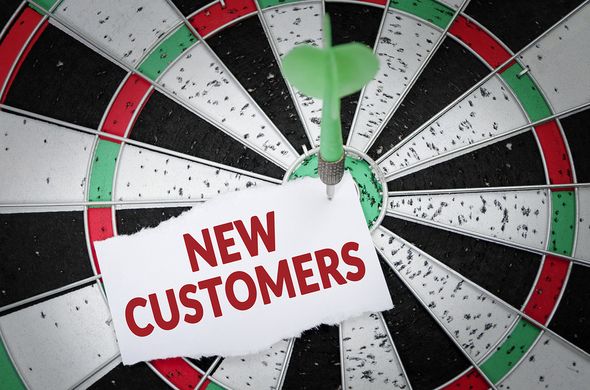Small businesses often find it challenging to get the word out about who they are and what they are providing to customers.
Failing to focus on a robust marketing strategy can leave many small businesses wondering why customers are not visiting their storefronts or websites.
As seen in the recent post, Get Up and Grow: The Small Business Guide to Expansion, having a clear handle on your marketing strategy helps to expand the business to new markets and new customers. How should you approach your marketing strategy, especially when in growth mode? Here are a few ways to build a better business with your marketing tool kit.
Answer the Basics
In order to market your business, you need to be able to answer in clear language some basics about the company and your plans for the near future. Start by answering the following questions:
- What is the product or service you provide and the problems you help customers solve?
- What differentiates your business from your competitors?
- What is the profile of your ideal customer (age, gender, position, need)?
- What matters to your ideal customer when they are buying what you are selling?
- What do you want to accomplish in the next year for your business?
- What are the top three things that will get you to those accomplishments?
- What will trigger your ideal customer to consider you?
- How much money will you need to reach your goals?
Get Your Web Built
Websites today are how many customers find businesses, and those websites need to be built to be readable and usable on mobile platforms, where most people use the web today. Your website should be a place to provide critical information about your business (address, contacts, history) and its products and services.
You will also want to consider having a blog that provides search optimized keywords that connect your page to those using popular search engines. This content should answer key questions customers have and provide them with valuable insights about needs and issues about which you are an expert.
Building the right web presence today requires good design, writing, and content.

Social Media
You need to know what social media channels your audience is using – Facebook, Twitter, Instagram, LinkedIn, YouTube – and plan your strategy accordingly. You should focus your strategy on platforms where your customers are.
Content Marketing
Those blogs mentioned above are just one component of a comprehensive content marketing strategy. You want to build your business marketing assets to reach people in multiple avenues. Here are a few content strategies to consider:
- Storytelling: Use video, prose, and blogs to tell the story about your company, your brand, and your business.
- Influence marketing: This marketing relies on providing influencers (those with well-established online audiences, whether via YouTube, Instagram, or other channels) with information and samples of your product and paying them to hype it up.
- Focus on the audience: The ultimate goal of content marketing is to build an audience. Your content should help grow your audience and engage with its members.
- Retention: Your content should focus not only on building an audience but keeping the one you have already. Be sure your content provides helpful information for those that are already on your team and help keep them there.
Knowing how to finance your marketing plan requires planning and coordination. At Benetrends, we offer innovative small business lending strategies that leverage existing 401(k) and IRA plans to get business owners access to funds to finance new marketing plans. To learn more about how Benetrends can help your business growth strategies, schedule a consultation.
